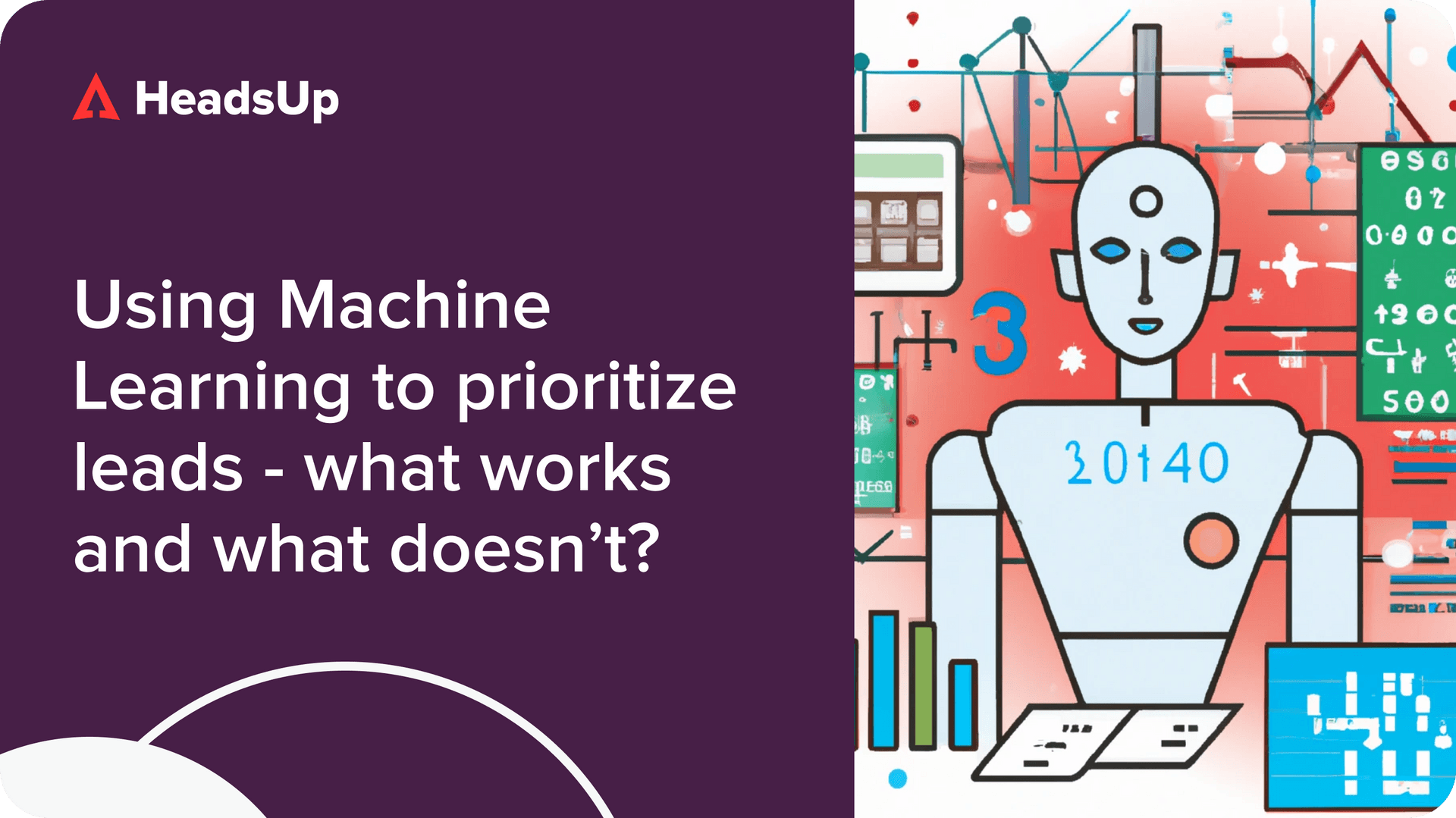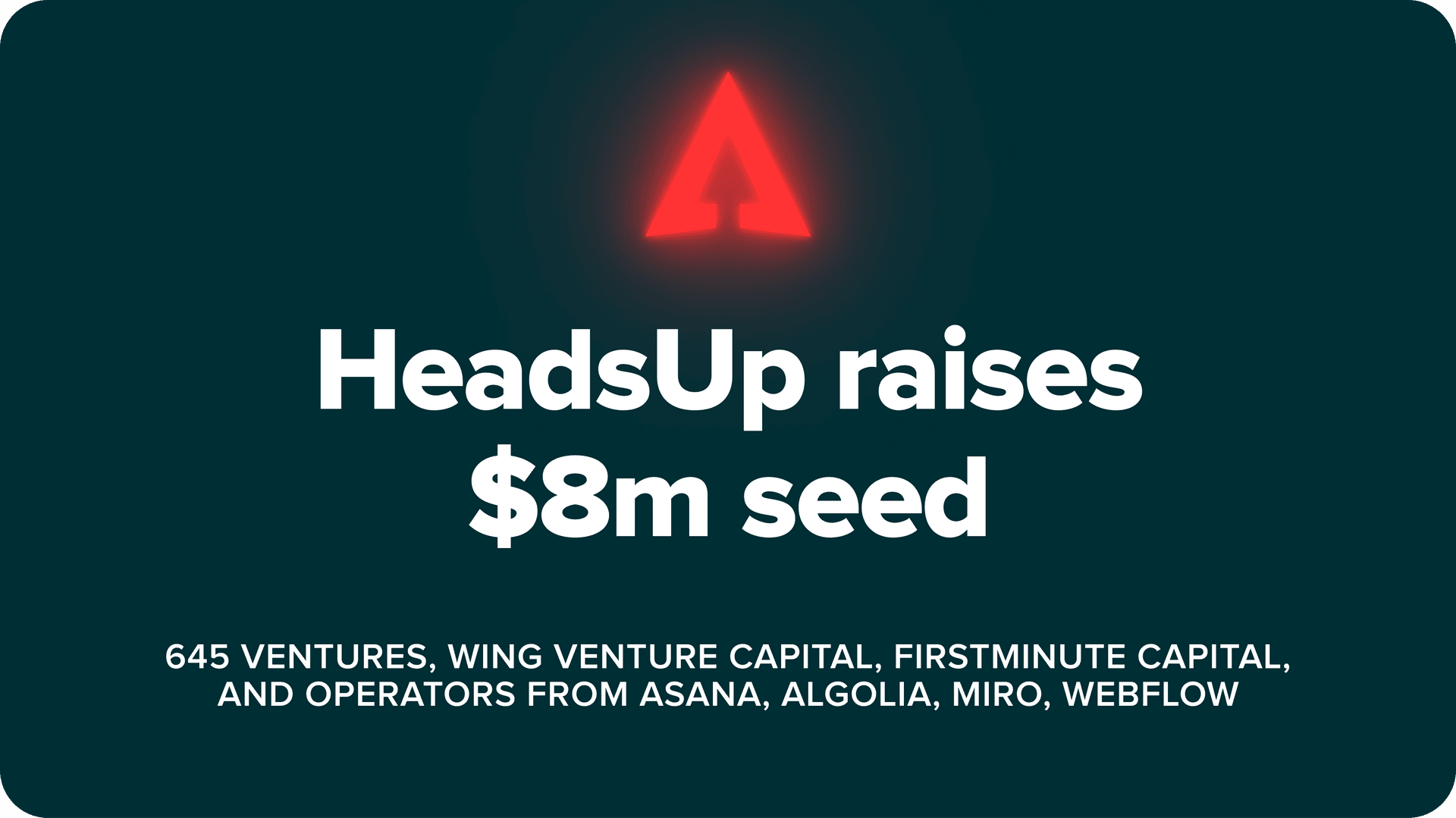Usage data is the crucial ingredient for building an effective self-serve funnel. With it, PLG companies can effectively usher users from sign-up to upgrade with nudges relevant to where they are in the customer journey.
So what happens when you can’t access that data?
Most product or growth teams might balk at the idea, but it’s a reality PLG companies with open source products have to deal with.
Just ask Christopher Reuter, Head of Growth at Prefect, a dataflow automation product built on an open source platform.
With a significant proportion of its user base within its open source product, which the company can’t collect usage data from, Prefect had to find ways to navigate around lack of visibility into user behavior.
In our conversation, Chris shared the alternative strategies that Prefect employs to encourage its open source users to try and buy its paid product. Read on to find out if they might work for your open source PLG company too.
1. Build a free and open community of monthly active developers
Prefect has invested deeply in building a community for its open source users, which now boasts tens of thousands of active users.
“We know that for Prefect, developers have to use the open source tool before they can start to use the commercial tool. So we really do focus a lot on engaging our community,” he explains.
Through the community, Chris and his team regularly engages Prefects’ open source users with support, resources, and events.
Underlying the company’s investment into the community is a commitment to “provide users with 100% value before they even give us a dollar.”
Accordingly, the current north star metric for Chris’ team is the number of monthly engaged developers – rather than revenue. Growing the community creates a virtuous cycle where users also help each other unlock more value from the product.
2. Use a community content strategy to drive engagement and conversions
To drive conversions, you have to know your community well, Chris advises. For instance, Prefect doesn’t hard sell because the company knows the typical developer would rather try the product out on their own than listen to a sales pitch.
Instead, Prefect focuses on creating content that teaches its developers how to unlock maximum value from its product. “We have a content programme, we have our own content staff, and our engineers are already in our writing community,” Chris says. “We’ve been measuring how our content impacts overall conversions, and definitely see an impact.”
Carefully plan how you use paid ads to engage developers
The company has tried out other marketing strategies, including running paid advertisements across different platforms, but they weren’t as effective, Chris adds. “Our users are, by definition, technical. And oftentimes allergic to sales. A lot of them are running ad blockers. They’re not even seeing these ads… when we turned off one of our ad platforms, we saw a very limited impact on overall conversions. So, today, ads make up a very, very small percentage of our overall marketing strategy.”
If ads make up a big proportion of your marketing spend, pay attention to your cost per click, and where these clicks are coming from, Chris advises.
“For developers, the first call to action is actually to get the Prefect code, read the docs, and start learning about the product.” Which is why, when running ads, Prefect targets users on desktops instead of those on mobile; the former tend to be the ones actually reading code.
3. Strategically bundle usage metrics, track these bundles to identify PQLs
Once a user gets enough value out of Prefect’s open source tool to try its freemium commercial product, the company begins tracking usage.
In choosing usage metrics, Prefect looked at correlation between a range of different features and monthly spend, but also correlation between feature usage. “We made a pairwise matrix to see which variables are most correlated with other variables,” Chris shares
Using this pairwise matrix, Prefect created a weighted activation metric. “It tells us how much people are engaging with the product, and once the activation score hits a certain hurdle, they’re classified as a PQL and we look at potentially engaging with them,” Chris says. A PQL has likely seen enough value from using the free tier that they might consider upgrading.
“For these PQLs, we try to provide more value for them, give them even more content. Maybe there are things they don’t know about that they could use, some integrations, automations, or other features.”For more on how to harness product usage data for more effective upsell, and advice on how to best leverage PQLs in your freemium motion, check out what these other PLG experts had to say.


